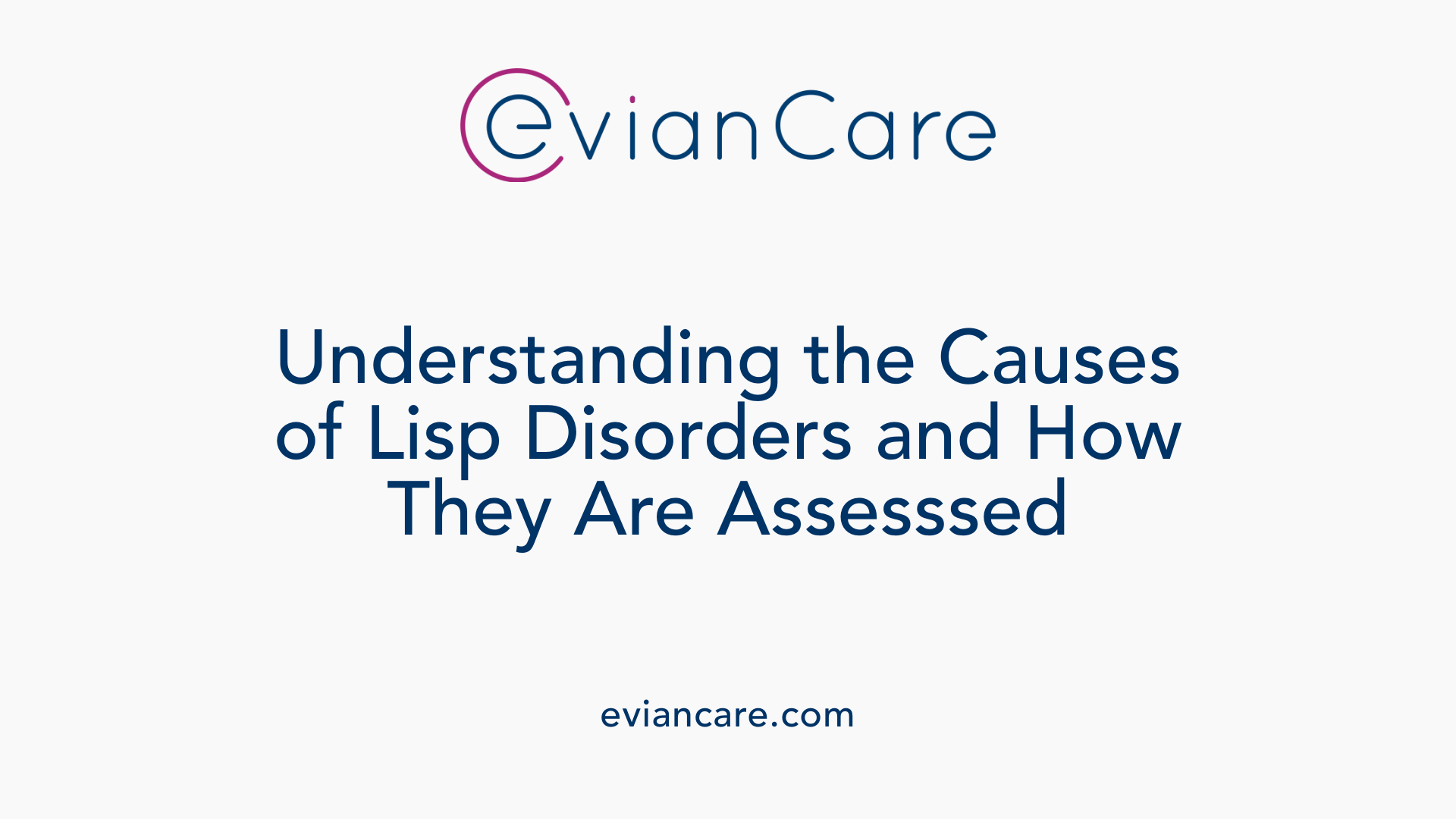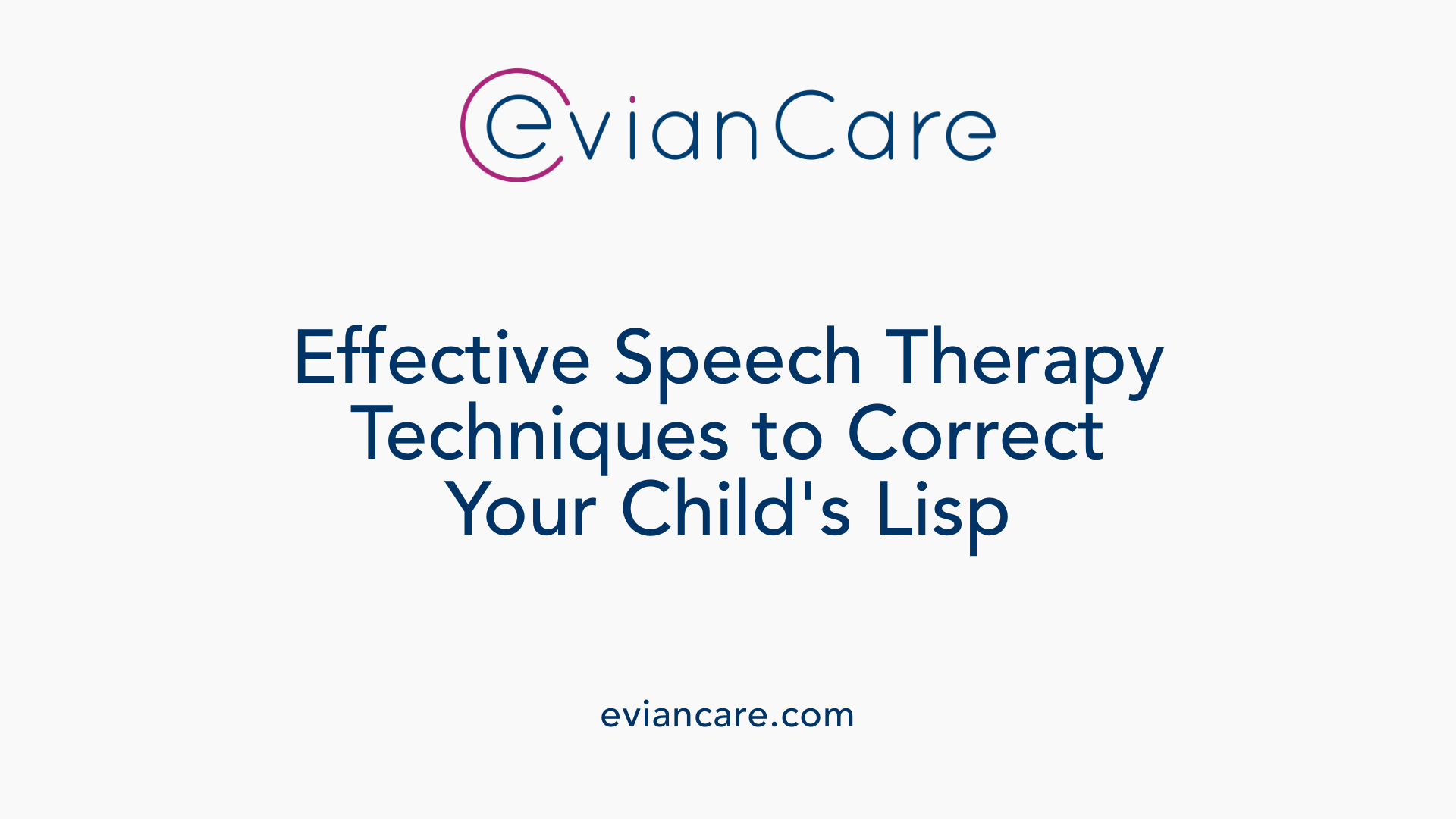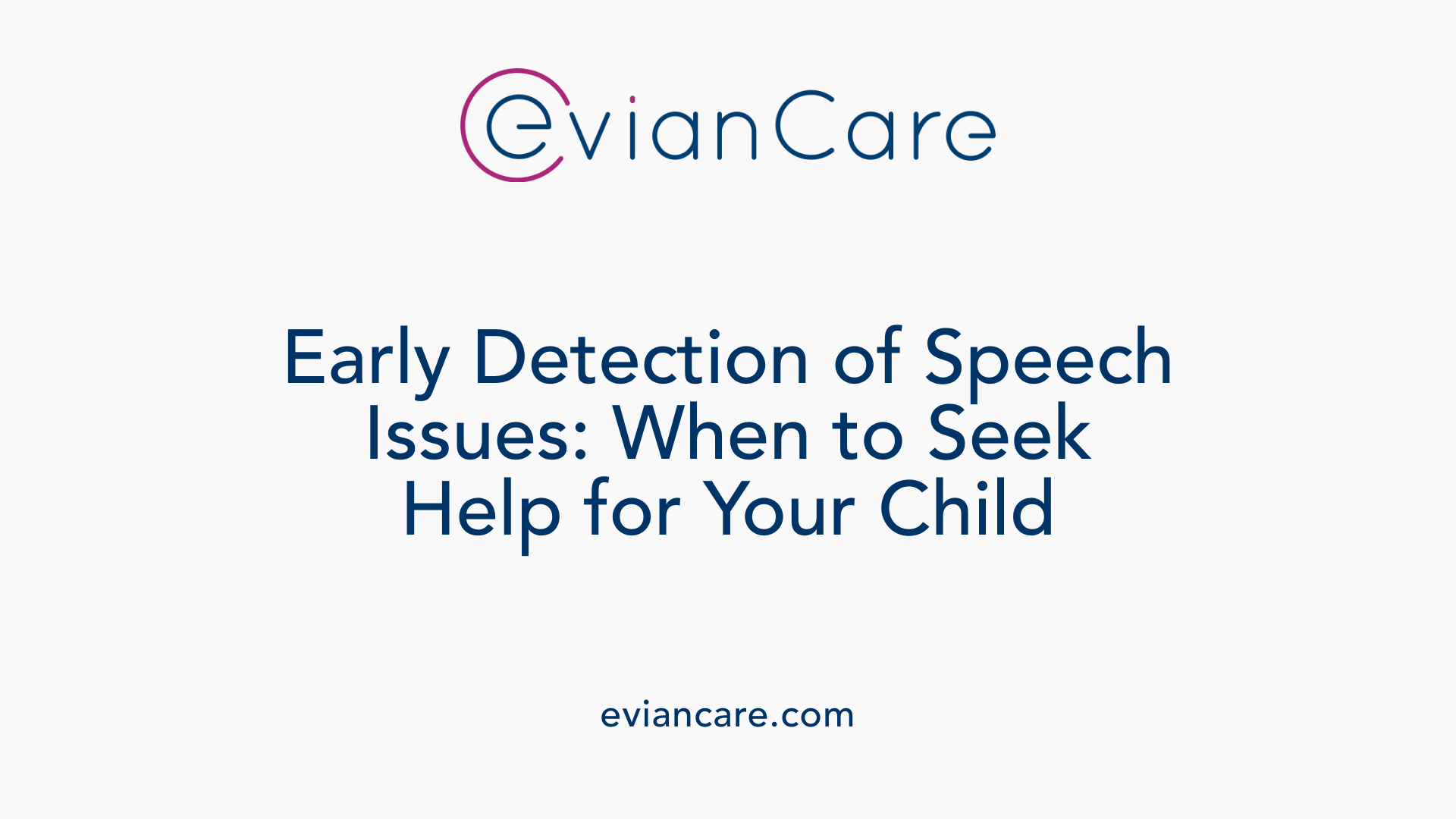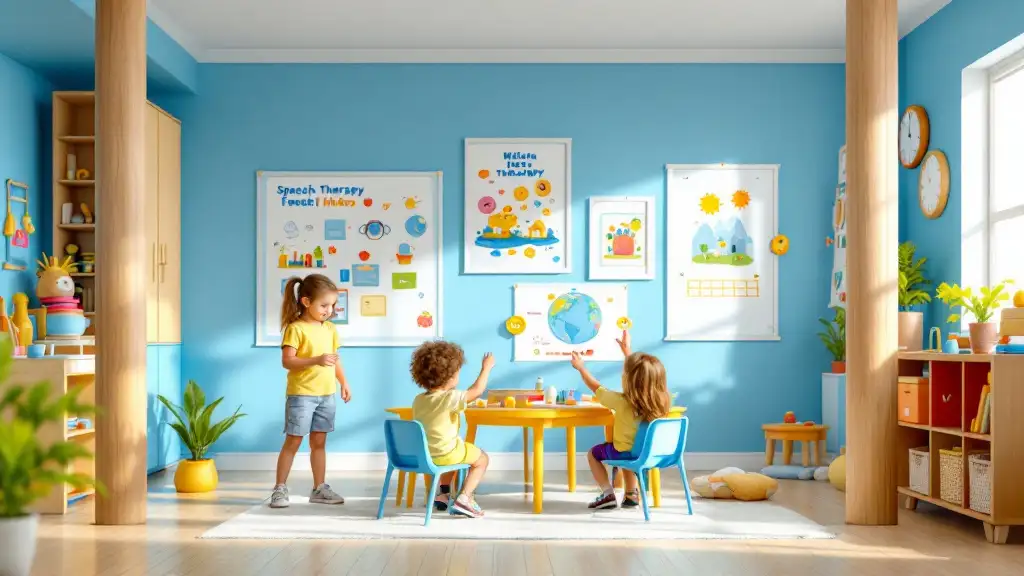
Understanding Speech Disorders in Children
Lisp disorders are common speech issues that affect children’s ability to pronounce the /s/ and /z/ sounds clearly. Recognizing the types, causes, and therapeutic options is vital for effective intervention. This article explores the various types of lisps, their underlying causes, assessment techniques, and proven speech therapy strategies to help children achieve clearer speech.
Types of Lisps and Their Characteristics
 There are four main types of lisps, each with distinct features and causes. Understanding these types can help in identifying and addressing the specific speech difficulty.
There are four main types of lisps, each with distinct features and causes. Understanding these types can help in identifying and addressing the specific speech difficulty.
Interdental Lisp An interdental lisp occurs when the tongue protrudes between the front teeth while trying to produce the /s/ or /z/ sounds. This results in a characteristic "/th/" sound, making the speech sound like "thick" instead of "sick." It is quite common in young children and often resolves naturally as they grow older.
Dentalized Lisp In a dentalized lisp, the tongue presses against the front teeth when articulating /s/ and /z/. This contact muffles or distorts these sounds, causing a prolonged or breathy quality. Dental issues, such as tongue thrust or misaligned teeth, can contribute to this type of lisp.
Lateral Lisp A lateral lisp is characterized by air escaping over the sides of the tongue during speech. This produces a slushy, wet, or "shick" sound on /s/ and /z/. It may sound like a distorted or less crisp version of these sounds. Causes include improper tongue placement or weak oral muscles.
Palatal Lisp The least common type, a palatal lisp occurs when the tongue touches the palate (the roof of the mouth) during the production of /s/ and /z/ sounds. This contact results in a muffled, "sh"-like sound, sometimes resembling /h/ or /y/. It often indicates an incorrect tongue position and may require specific exercises to correct.
Understanding these different types enables speech therapists to tailor their interventions appropriately. Addressing physiological and positional issues early can improve speech clarity and reduce long-term difficulties.
Causes and Evaluation of Lisp Disorders in Children

What are the causes of lisp disorders in children and how are they evaluated?
Lisp disorders in children can stem from a variety of factors. Structural issues such as tongue-tie, medically known as ankyloglossia, may restrict tongue movement and lead to incorrect pronunciations of /s/ and /z/ sounds. Jaw misalignment can also affect how sounds are produced, making it harder for children to articulate clearly.
A common behavioral cause is tongue thrust, a habit where the tongue pushes forward during swallowing and speech, often resulting in a frontal or interdental lisp. Prolonged habits like thumb-sucking or use of pacifiers can affect oral muscles and contribute to speech issues. Additionally, some children develop incorrect sound production patterns through learning or exposure, which can create a distorted lisp.
To evaluate these causes, a speech-language pathologist (SLP) conducts a thorough assessment. This includes an oral mechanism exam to examine tongue and jaw positioning, strength, and mobility. The SLP reviews medical history and observes speech patterns to determine the specific type and cause of the lisp—whether interdental, lateral, palatal, or dentalized. They may also check for anatomical variations or habits that could be contributing.
In some cases, if structural issues like tongue-tie are identified, medical procedures such as frenotomy might be recommended. Early assessment is crucial, especially if the lisp persists beyond age 4 or 5. Prompt intervention with targeted speech therapy can correct the speech patterns and address underlying causes.
Overall, a comprehensive evaluation helps tailor the most effective treatment plan, improving speech clarity and supporting healthy language development.
Assessment and Diagnosis Techniques
 Diagnosing and assessing lisps in children involves a thorough process led by speech-language pathologists (SLPs). These professionals use various evaluation methods to understand the nature and severity of the speech disorder, ensuring targeted treatment.
Diagnosing and assessing lisps in children involves a thorough process led by speech-language pathologists (SLPs). These professionals use various evaluation methods to understand the nature and severity of the speech disorder, ensuring targeted treatment.
One primary approach is a comprehensive speech sound assessment. This includes analyzing the child's speech samples in different contexts—such as isolated sounds, words, sentences, and casual conversation—to identify particular errors. The clinician looks for specific issues, such as interdentalization (tongue protruding between teeth), dentalization (tongue pressing against the teeth), lateral airflow, or palatal contact.
In addition, assessments focus on the child's pre-literacy skills, which involve phonological awareness, letter knowledge, and early reading abilities. These help determine if speech issues might interfere with reading development.
Oral-motor evaluation is crucial to check the strength and coordination of oral muscles. This exam looks at tongue mobility, palate structure, and jaw movement, identifying physiological factors contributing to the lisp.
Language skills are also evaluated to see if broader language delays coexist with the speech disorder. This includes vocabulary, sentence structure, and expressive and receptive skills.
Assessment methods often include auditory discrimination tests, where the child listens for differences between /s/ and /z/ sounds. This helps gauge their ability to recognize and produce the sounds correctly.
Standardized tools and speech sampling are used to quantify errors and determine the severity of the disorder. Many assessments incorporate questionnaires and interviews with parents or teachers to understand how the lisp affects social interactions and communication.
In summary, the evaluation process combines listening, observation, physical examination, and standardized testing to accurately diagnose the type and extent of a lisp. This comprehensive approach guides the development of a customized treatment plan.
| Assessment Aspect | Methods Used | Purpose |
|---|---|---|
| Speech Sample Analysis | Recordings across words, sentences, conversation | Identify error types, severity, consistency |
| Oral Structure Exam | Physical check of tongue, palate, jaw | Detect anatomical or muscular issues |
| Auditory Discrimination | Listening tasks for /s/ and /z/ differences | Evaluate sound recognition ability |
| Pre-literacy Skills | Phonological awareness and early reading tests | Detect broader language impacts |
| Parent & Teacher Reports | Questionnaires and interviews | Understand social and functional impact |
For further information, searching "Assessment methods for child speech sound disorders" provides detailed insights into various diagnostic approaches.
Speech Therapy Techniques for Correcting Lisps

What are effective speech therapy techniques for correcting lisps in children?
Treating lisps in children often involves a combination of fun, engaging exercises and targeted speech therapy techniques. One widely used method is articulation practice, where children work on producing the correct sounds for /s/ and /z/. Visual feedback plays a crucial role; for example, using mirrors allows children to see their mouth movements, ensuring proper tongue placement and airflow.
A playful approach can make therapy more effective. Techniques like the butterfly position, where children raise the sides of their tongue to mimic butterfly wings, help them learn to control tongue shape during speech. The "Long T Method" involves elongating the /t/ sound to guide proper /s/ sound production, with the tongue in the correct position.
Incorporating speech practice within words and sentences ensures that correct sounds are used consistently in everyday speech. Using props like mouth puppets, toys, or storytelling activities can motivate children to participate actively.
Early intervention is crucial. Addressing lisps early on, with regular practice guided by a speech-language pathologist, increases the chances of successful correction. Consistency, patience, and positive reinforcement create a supportive environment that encourages children to develop clear speech over time.
Treatment Options and Strategies
When addressing lisps in children, speech therapy is the most common and effective approach. A licensed speech-language pathologist (SLP) conducts a detailed assessment to identify the type of lisp—such as interdental, lateral, or palatal—and to determine the underlying causes.
Therapy sessions focus on teaching the child to produce the /s/ and /z/ sounds correctly. This involves practical exercises, including visual, auditory, and tactile cues to help the child understand correct tongue placement and airflow. For example, therapists may use mirrors so children can see their mouth movements, or employ specific sound drills such as elongating /t/ sounds or using straw techniques to guide airflow.
An essential part of treatment involves parent training. Parents are guided to support practice at home by modeling correct sounds, providing consistent practice opportunities, and encouraging natural speech in everyday conversations. This collaborative effort enhances the child's progress and confidence.
Different techniques are customized depending on the child's specific lisp type. For interdental lisps, exercises typically involve learning to keep the tongue behind the front teeth. For lateral or palatal lisps, therapy may include oral motor exercises and adjustment of tongue position to prevent air from escaping over the sides or touching the roof of the mouth.
In some cases, structural considerations such as tongue-tie, enlarged tonsils, or other anatomical factors might require medical or dental interventions alongside speech therapy. Nonetheless, most lisps respond well to targeted articulation exercises and behavioral strategies.
Early intervention is crucial, especially if a lisp persists beyond age 5, as addressing speech issues early can facilitate clearer communication and social interactions. Overall, tailored therapy, consistent home practice, and professional guidance form the foundation of successful lisp treatment.
The Importance of Early Detection and When to Seek Help

When should parents seek professional help for a child's speech issues, including lisps?
Parents play a crucial role in monitoring their child's speech development. Knowing when to seek professional assistance can significantly impact long-term speech and language outcomes.
Typically, children develop the ability to produce clear speech sounds around age 4. By this age, most children are able to articulate the 's' and 'z' sounds correctly. If a child's speech does not meet these developmental milestones, it might be time to consult a professional.
For instance, signs like persistent articulation issues, such as an interdental or lateral lisp beyond age 5, should prompt a visit to a speech-language pathologist (SLP). Likewise, if a child struggles with understanding speech, has limited vocabulary, or cannot communicate effectively, early intervention is beneficial.
Parents should also watch for other indicators like refusing to speak, frustration during communication, or difficulty swallowing or with oral habits. Such signs could suggest underlying physiological issues that may need medical or therapeutic attention.
It is recommended to seek help if:
- The child is not babbling or making sounds by 6 months.
- They are not producing words or combining sounds into simple phrases by age 2.
- Speech clarity issues persist beyond age 4, especially with complex sounds like 's' and 'z'.
- Lisps or other speech anomalies continue beyond age 5.
- There are additional concerns like difficulty with swallowing or oral motor problems.
Consulting with a pediatrician, audiologist, or a licensed speech-language pathologist can help in diagnosing whether the speech patterns are typical or require intervention. Early assessment and treatment, when necessary, provide the best chance for successful correction and support healthy communication skills.
This proactive approach can prevent potential social, academic, and emotional challenges linked to persistent speech issues, ensuring children develop confidence and effective communication abilities as they grow.
Supporting Your Child's Speech Development at Home
How can parents assist with a child's lisp correction through home practices?
Parents are essential allies in their child's journey to clear speech, especially when working on a lisp. One of the most effective methods involves modeling correct sounds. By speaking slowly and clearly, parents can demonstrate proper pronunciation of the /s/ and /z/ sounds, encouraging their child to imitate.
Another helpful practice is using mirrors. Children can watch their mouth movements to ensure their tongue is placed correctly behind the teeth or in the right position during speech exercises. Making this a fun activity—like mimicking animal sounds or playing games—keeps children engaged.
Speech sound games, stories, and role-playing activities can also support learning. These activities integrate speech practice into daily routines without making it feel like a chore. Repetition is vital, so parents should encourage their children to practice sounds regularly.
Positive reinforcement is equally important. Praising efforts and achievements—whether it's producing a correct /s/ sound or attempting the exercise—builds confidence. Rewards, like stickers or extra playtime, can motivate children to keep practicing.
When parents follow guided exercises from a speech-language pathologist, they help reinforce progress. Consistent practice at home, combined with professional therapy, helps develop the muscle memory necessary for correct articulation.
Early detection and proactive involvement from parents greatly increase the chances of successful and lasting correction. The more supportive and encouraging the environment, the easier it becomes for a child to overcome a lisp and develop clear speech.
Empowering Children for Clearer Speech
Addressing lisps through targeted speech therapy techniques can lead to significant improvement in children’s speech clarity and confidence. Early detection and consistent practice—both in therapy sessions and at home—are key to successful outcomes. By understanding the different types of lisps, their causes, and effective intervention strategies, parents and professionals can work together to help children develop healthy, clear speech that supports their overall communication skills and social interactions.
References
- Frontal Lisp: 6 Speech Therapy Exercises To Do At Home
- How to Treat a Lisp
- Mastering the "S" sound and Overcoming a Lisp
- Frontal Lisp/Interdental Lisp | Speech Therapy Ideas & ...
- How to Fix a Lisp
- Ultimate Guide to LISPs in Children & Adults
- How Can a Lisp Be Fixed With Speech Therapy
- Effective Speech Therapy Techniques for Children's












